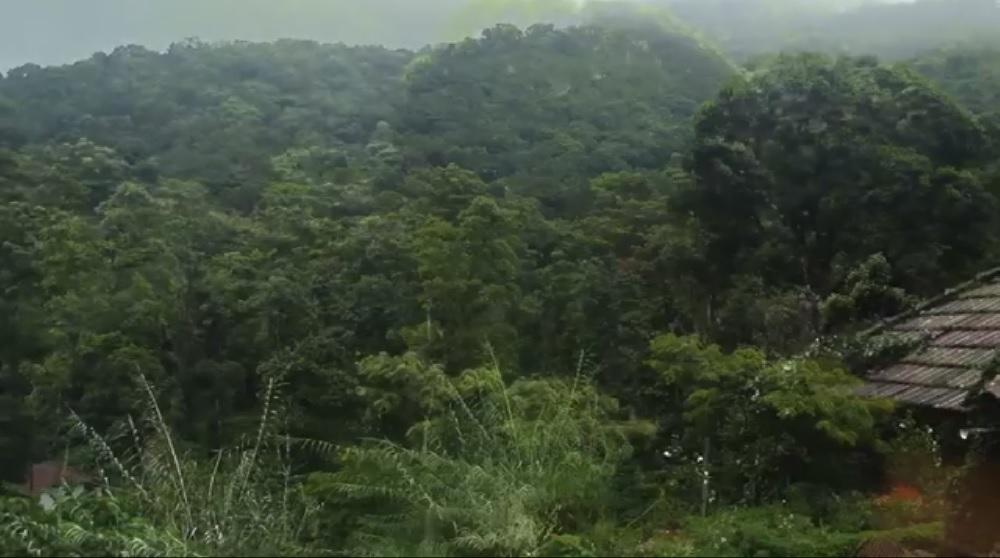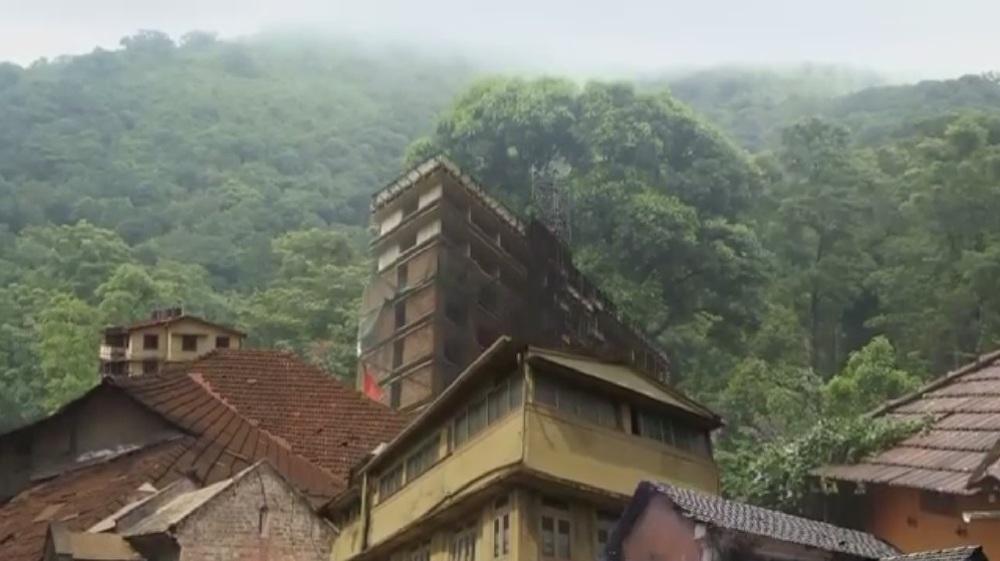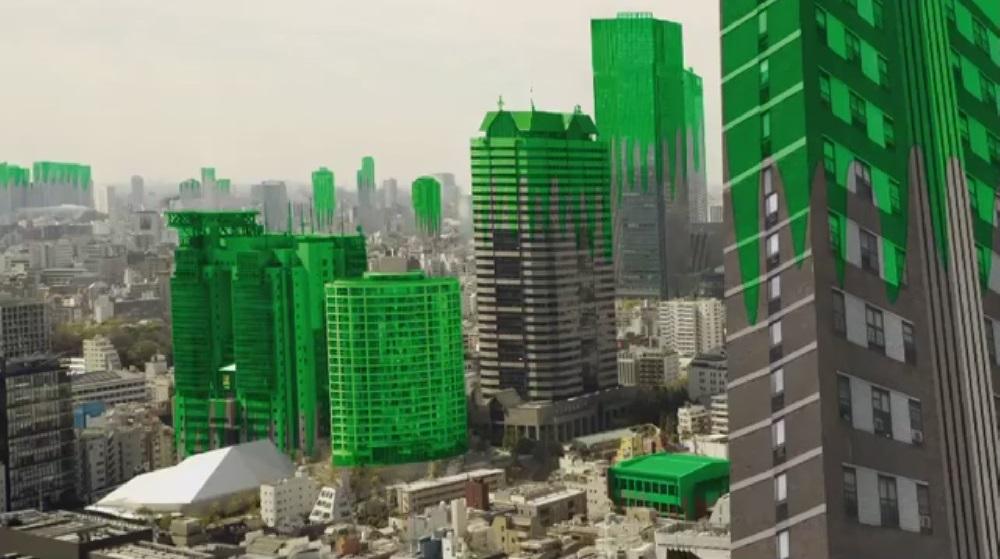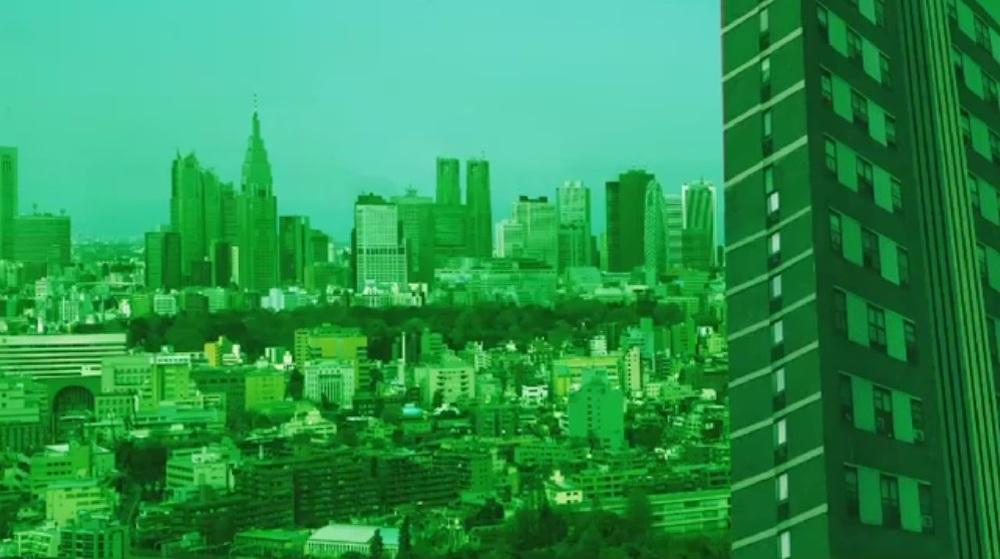The Green Screen: On Pooja Iranna’s We Are Going Green
The third-week of Fields of Vision curated by VAICA was titled “Peripheries of the Real” and featured a collection of video works that reflected critically on the depredated environments of our time. The contention of this segment was not simply to critique the acceleration of climate change and the treacherous impact that is already visible in the world, but to reveal the layers of complicity between image-making technologies and the changing prerogatives of an audience of the future. Different kinds of voices—from irony and sarcasm to anger and despair—were employed to find the formal expression that best encapsulates the range of emotions and responses to what increasingly appears to be a problem with no solution in sight.
The environmental challenge has been posed in various terms, but the simple binary of a deepening conflict between a planetary consciousness that can think of cleaner futures as against a developmentally-oriented, globalising one is highlighted succinctly in the formal and funny conceit of Pooja Iranna’s We Are Going Green (2012). At the beginning, we are shown a bucolic scene, gilded with birdcalls and the pleasant sounds of the green forest. But as the image moves slowly to peel back the layers of the natural world, it is eventually replaced with a growing urban landscape. The noises become harsher, industrially-informed and loud. Soon, green slime appears over the edges of the tall buildings and begins to roll slowly downwards. As the green sludge pours over the structures and covers them in shrink-wrap, one is reminded more of the unreal world in The Matrix (1999) coming into virtual fruition in front of our eyes. Or are they dangerous ammo-fluids released by the race of alien green men from The Green Slime (1968)? Whichever it is, we are not made to feel very hopeful about this belated consideration to introduce some green into the environment. The green buildings in this film appear to be suffocated and entombed by the painted wash towards the end, instead of finding a way towards promised relief, even though by this time the birdcalls have also reappeared.
Offering a sarcastic look at practices of greenwashing, Iranna’s film successfully plants a continuum between planetary and global thinking for a cleaner future. These are not opposed to each other in any easy ways; as elements of each category fuse themselves into the concerns of the other. How do we get to thinking outside global formations—held up by national interests, entrenched political practices of the short-term and inequalities of labour and capital? And can we expect the idealised alternative formations to have any chance of success in the real world of the matrix? Iranna alludes most obviously, perhaps, to the green screen of post-production heaven—film editing’s blank slate that can be inscribed with fantasies of other places and different landscapes, just beyond the reach of human capabilities—as a template for the utopic imagination. Appearances count for everything in there, however, and focusing our eyes on the slow erosion of our natural world is one shockingly prescient way of doing it.
To read more about the works featured as part of VAICA’s Fields of Vision, please click here, here, here, here, here and here.
All images from We Are Going Green by Pooja Iranna. 2012. Images courtesy of the artist and VAICA.








